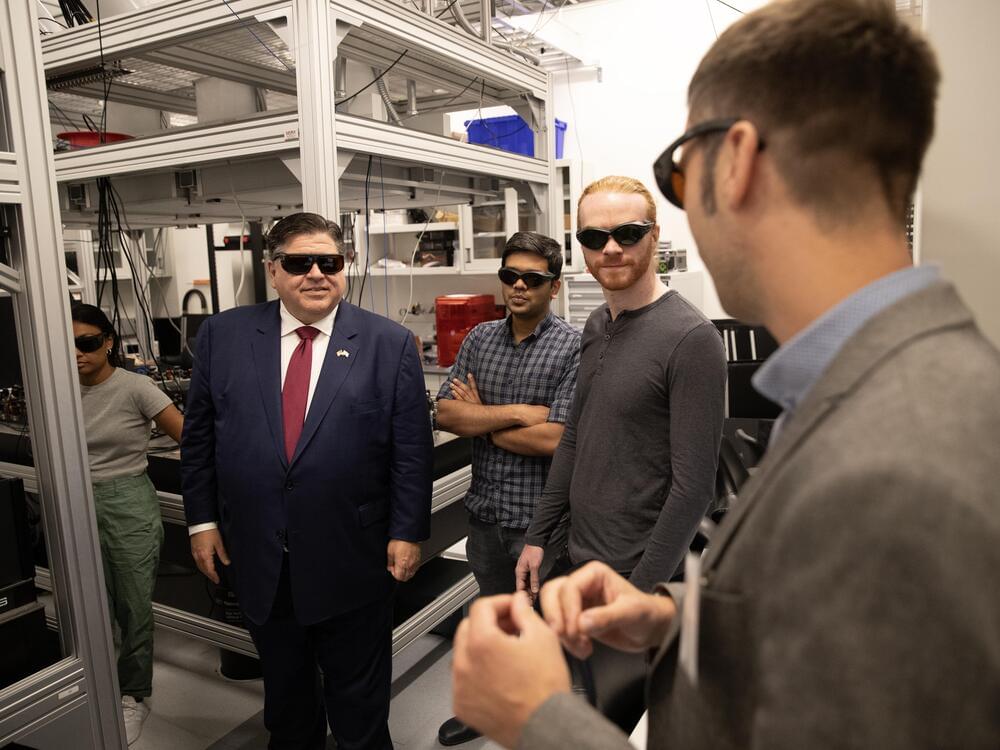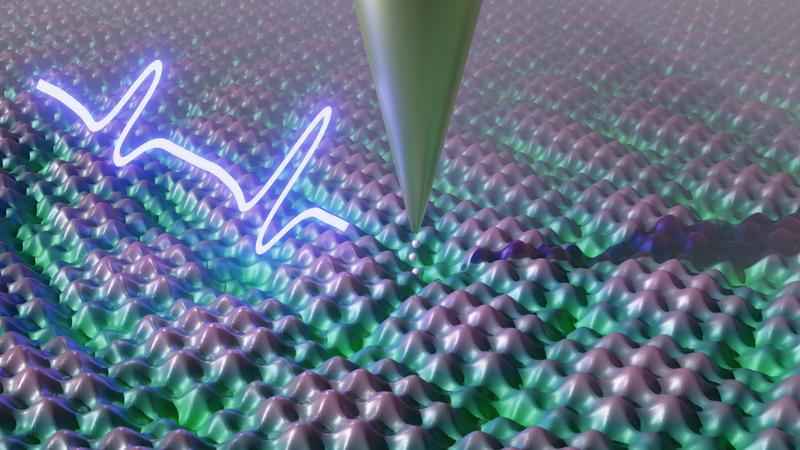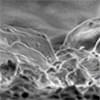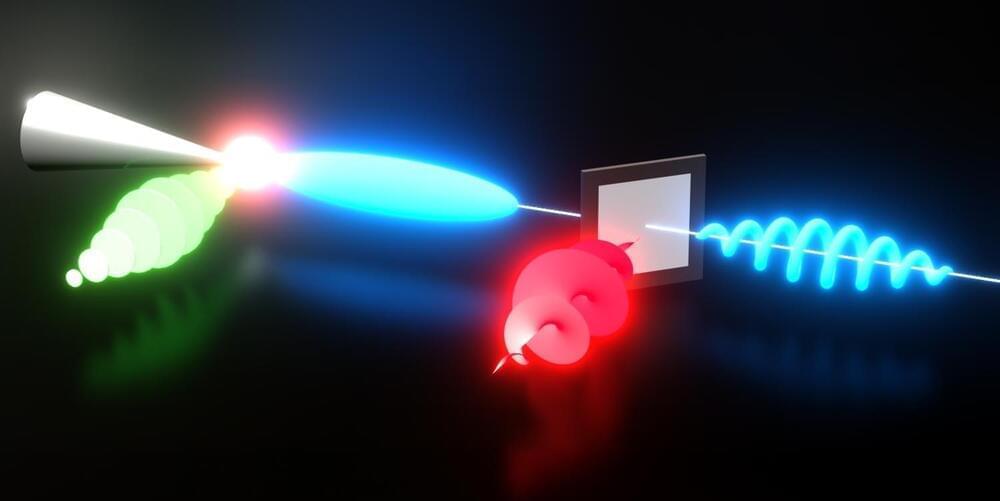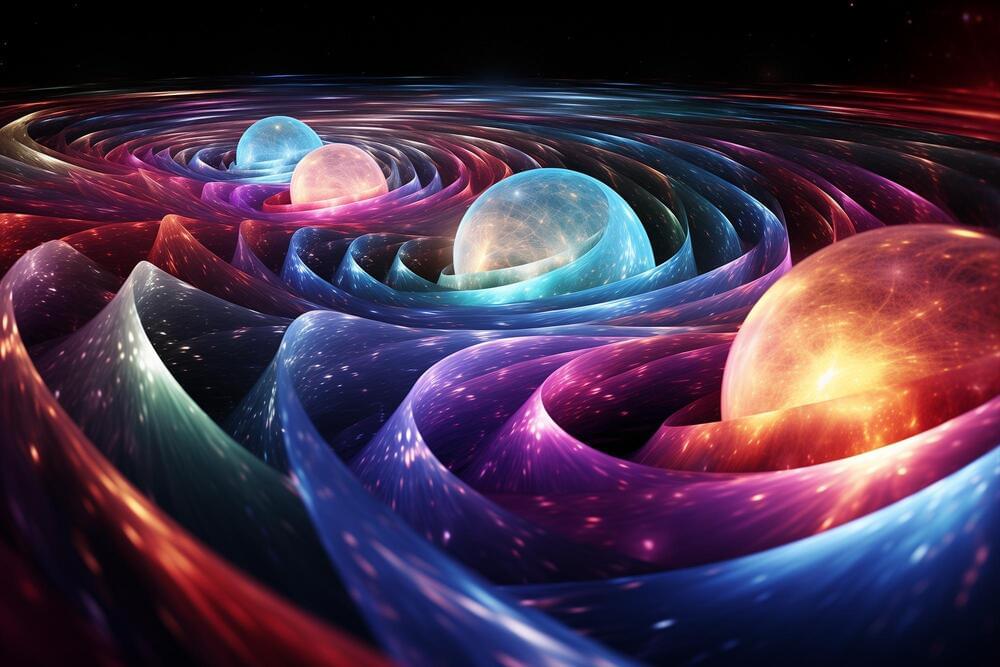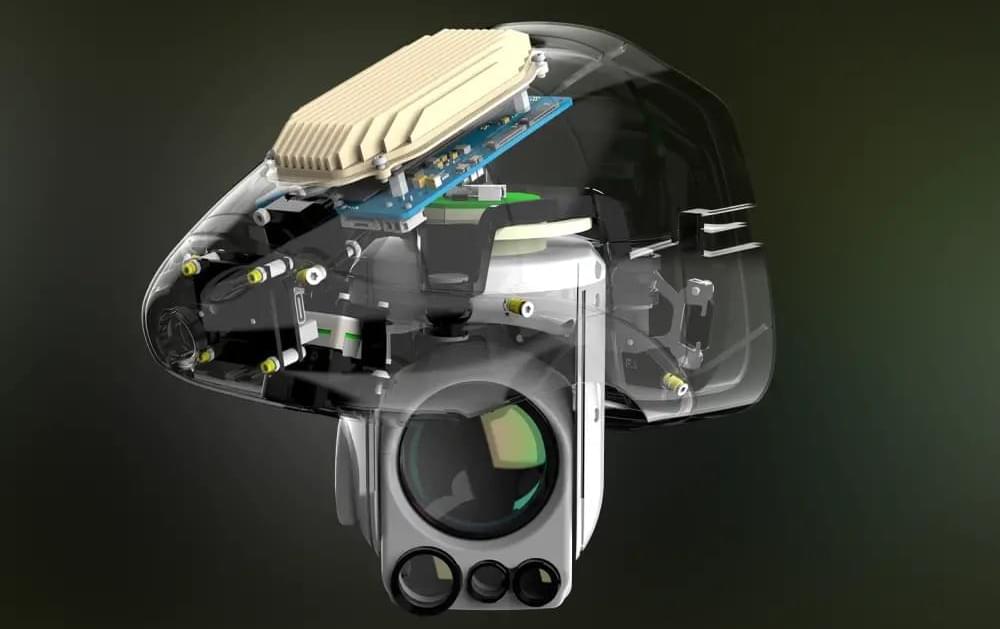At the very smallest scales, our intuitive view of reality no longer applies. It’s almost as if physics is fundamentally indecisive, a truth that gets harder to ignore as we zoom in on the particles that pixelate our Univerrse.
In order to better understand it, physicists had to devise an entirely new framework to place it in, one based on probability over certainty. This is quantum theory, and it describes all sorts of phenomena, from entanglement to superposition.
Yet in spite of a century of experiments showing just how useful quantum theory is at explaining what we see, it’s hard to shake our ‘classical’ view of the Universe’s building blocks as reliable fixtures in time and space. Even Einstein was forced to ask his fellow physicist, “Do you really believe the Moon is not there when you are not looking at it?”

